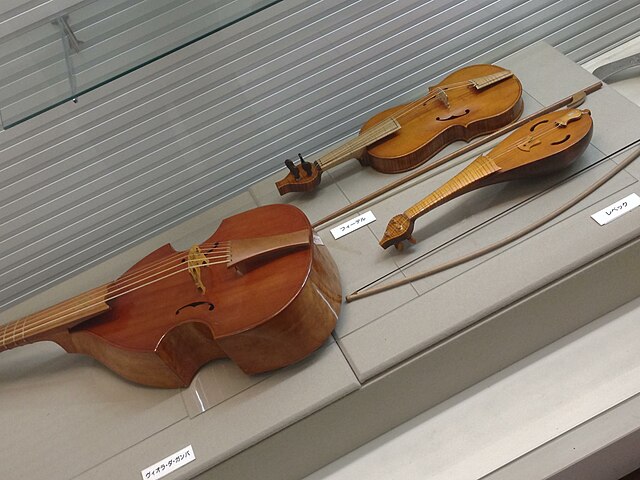The citole was a string musical instrument, closely associated with the medieval fiddles and commonly used from 1200–1350. It was known by other names in various languages: cedra, cetera, cetola, cetula, cistola, citola, citula, citera, chytara, cistole, cithar, cuitole, cythera, cythol, cytiole, cytolys, gytolle, sitole, sytholle, sytole, and zitol. Like the modern guitar, it was manipulated at the neck to get different notes, and picked or strummed with a plectrum. Although it was largely out of use by the late 14th century, the Italians "re-introduced it in modified form" in the 16th century as the cetra, and it may have influenced the development of the guitar as well. It was also a pioneering instrument in England, introducing the populace to necked, plucked instruments, giving people the concepts needed to quickly switch to the newly arriving lutes and gitterns. Two possible descendant instruments are the Portuguese guitar and the Corsican Cetera, both types of cittern.

Citole made c. 1300, exhibited at the British Museum
Italy. Ducal Palace Studiolo Cittern or late citole showing the remains of the citole thumb hole, as a hook on the back of the neck, 1478–1482. Soundholes drilled in soundboard in a circle, with soundboard rose. Two soundholes in side of instrument.
England. British Museum Citole (formerly Warwick Castle Gittern), with three of the holly-leaf points (the shoulders and the trefoil).
A reconstruction of a medieval citole
In musical instrument classification, string instruments or chordophones, are musical instruments that produce sound from vibrating strings when a performer plays or sounds the strings in some manner.
Bow Harp or Harp Lute, West Africa
Hellenistic banquet scene from the 1st century AD, Hadda, Gandhara. Lute player far right.
Spanish stele of a boy with a pandura.
Viol, fidel and rebec (from left to right) on display at Amakusa Korejiyokan in Amakusa, Kumamoto, Japan








